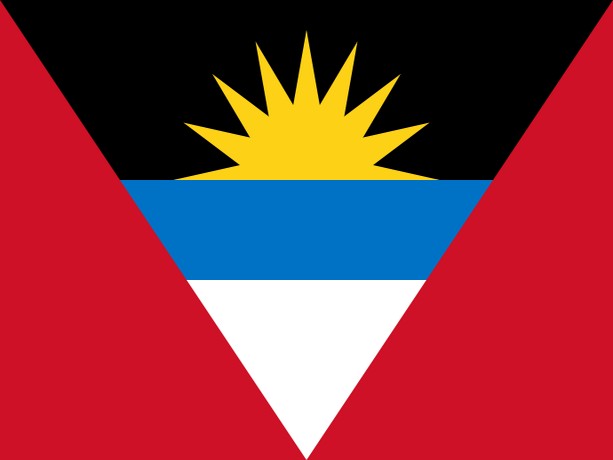Sustainable Energy Action Plan of Antigua & Barbuda

The Sustainable Energy Action Plan (SEAP) was commissioned by the Government of Antigua and Bermuda and was implemented in accordance with the stipulations of the National Energy Policy 2010 – 2030. By order of IT Power the director of Energy-Strategies, Wolfgang F. Lutz, contributed to the elaboration of the SEAP, which was presented to the Government of Antigua & Barbuda in March 2013.
The Sustainable Energy Action Plan (SEAP) was commissioned by the Government of Antigua and Bermuda and was implemented in accordance with the stipulations of the National Energy Policy 2010 – 2030. By order of IT Power the director of Energy-Strategies, Wolfgang F. Lutz, contributed to the elaboration of the SEAP, which was presented to the Government of Antigua & Barbuda in March 2013.
Antigua & Barbuda is a Small Island State located in the Lesser Antilles in the Caribbean. It consists of two major inhabited islands, Antigua and Barbuda, and currently counts a population of approximately 88,000. Tourism is the main economic activity, in addition to agriculture and manufacturing in enclave-type assembly industries. In 2010, the country’s total primary energy consumption was approx. 10 PJ, with annual growth rates of approx. 4 percent.
The energy sector of the country almost exclusively relies on imported fossil fuels for electricity generation, transport and cooking. Electricity is generated in two major diesel power plants and distributed under the monopoly of the Antigua and Barbuda Public Utilities Authority (APUA). The main electricity consuming sectors are the commercial, residential and goverment/public sectors.
According to the National Energy Policy that was approved in 2011, the following priorities for the energy sector have been defined: (i) energy cost reduction through targeted energy efficiency and conservation measures, (ii) diversification of energy sources, (iii) improved reliability of electricity supply through regulatory reform, (iv) environmental protection and (v) the stimulation of economic opportunities.
In addition to a general cross cutting strategy that focuses mainly on regulatory and organisational issues, the SEAP includes three main strategies:
- Strategy I: Energy Conservation and Energy Efficiency
- Strategy II: Renewable Energy Development
- Strategy III: Education and Awareness
The main contribution of Energy-Strategies consisted of the Strategy ‘Energy Conservation and Energy Efficiency’, proposing the following strategic intents and lines of action:
I.1 To create appropriate structures, instruments and tools to enable the development and implementation of energy efficiency programmes and measures which include: to elaborate energy end-uses statistics and monitoring tools, to define and implement incentives for the efficient use of energy, to define the role of APUA and other market actors in the promotion of energy efficiency and to revise electricity tariffs to stimulate energy efficiency.
I.2 To coordinate national energy efficiency programmes with international and regional initiatives.
I.3 To develop and implement horizontal energy efficiency measures which include: an energy auditing and management programme, building codes, energy efficiency standards and labelling of energy-related products, replacement programmes for energy consuming equipment and specific programmes for energy efficient lighting.
I.4 To develop and implement targeted sector specific energy efficiency programmes and measures which include energy efficiency programmes in the electricity-, public-, residential-, tourism-, agro-industrial- and transport sectors.
The SEAP includes specific measures for a period of 20 years, proposed for each line of action, expected outcomes and indicators, a roadmap for its implementation and an estimation of the costs involved.
Related activities included a review of the National Energy Policy and a background review of energy policies and sustainable energy action plans world-wide and in the CARICOM Region.
The project was funded by the European Union Energy Initiative (EUEI) in the framework of the Caribbean Sustainable Energy Programme (CSEP), which is executed by the Energy and Climate Change Mitigation Division of the Organization of American States (OAS).
For additional information, please contact Claudia Raimundo of IT Power or Wolfgang F. Lutz, Director of Energy-Strategies.
April 2013
